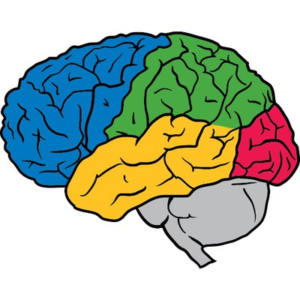
Deep Learning, PET Scans Combined to Spot Alzheimer’s

Early detection remains among the keys to diagnosing and treating debilitating and fatal diseases. Clinicians are now enlisting machine learning algorithms to greatly accelerate detection of early-stage Alzheimer’s disease.
The ability to detect the early onset of Alzheimer’s is critical, researchers note, because the disease ravages the brain before symptoms appear. Hence, they add, efforts to accelerate early detection of the disease represent a race against the clock.
A recent effort at the University of California at San Francisco combined machine learning with neuro-imaging in the form of positron emission tomography (PET) scans to predict the onset of the disease.
One of the indicators of brain activity is the consumption of glucose, a primary source of fuel for brain cells and therefore a measure of brain function. Radiologists have used PET scans to detect reduced glucose levels across the brain, but researchers note those changes are hard to spot given the slow progression of Alzheimer’s disease.
According to research published in the journal Radiology, the university researchers combined a glucose PET scan with a deep learning algorithm designed for early prediction of Alzheimer disease. The approached achieved 82 percent specificity at 100 percent sensitivity, they reported. The brain scan technique spotted the onset of Alzheimer’s an average of more than six years prior to the final diagnosis, the researchers reported.
“One of the difficulties with Alzheimer’s disease is that by the time all the clinical symptoms manifest and we can make a definitive diagnosis, too many neurons have died, making it essentially irreversible,” noted Jae Ho Sohn, a resident in the Department of Radiology and Biomedical Imaging at UC-San Francisco.
The deep learning algorithm was based on a convolutional neural network trained using a data set of brain images from a database known as the Alzheimer’s Disease Neuroimaging Initiative. The researchers said their algorithm was trained on 1,921 brain scans, then tested on a pair of data sets to evaluate its performance. The scans were based on 188 images from the database along with a set of scans from 40 patients examined at the UCSF Memory and Aging Center.
The combination of relatively inexpensive glucose PET scans and growing volumes of data used to train the Alzheimer’s algorithm promises to accelerate diagnoses and earlier detection of the disease.
“This is an ideal application of deep learning because it is particularly strong at finding very subtle but diffuse processes,” Sohn said. “Given the strength of deep learning in this type of application, especially compared to humans, it seemed like a natural application.”
The next steps involve validating and fine-tuning the algorithm against a larger and more diverse set of patient data. If the results hold up, the algorithm could eventually be used as a diagnostic tool for predicting the early onset of Alzheimer’s disease.
Recent items:






























